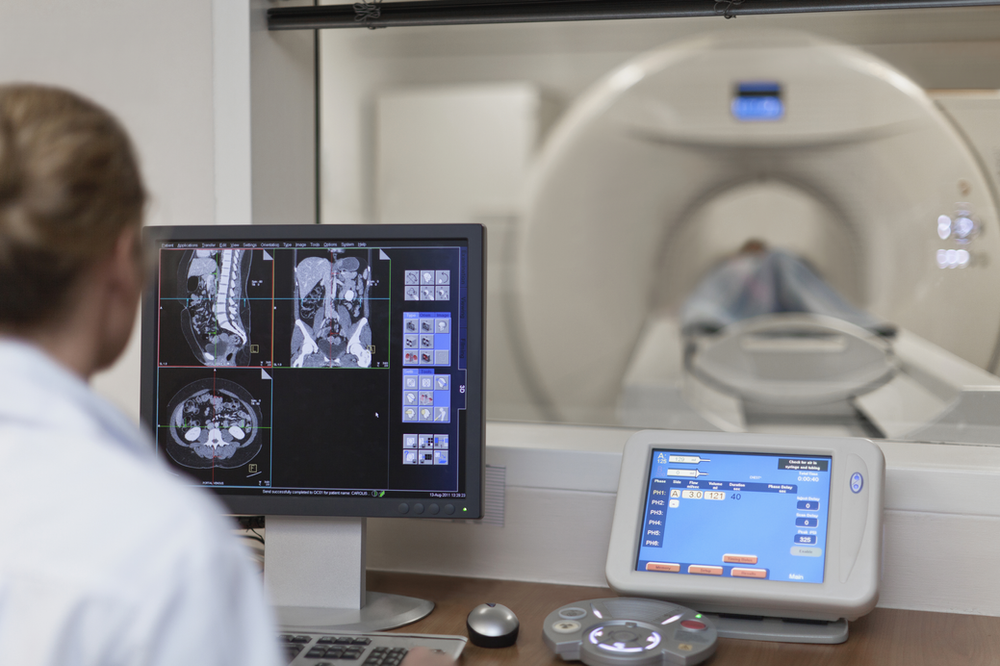
In his third episode on The Headache Doctor Podcast, Dr. Taves explains why imaging is not the best technique for diagnosing headaches and migraines. He seeks to dispel the myth that all headache and migraine patients need an MRI or x-ray scan to determine the cause of their pain.
In the previous episode, Dr. Taves identified
that a movement problem is one of the most
overlooked causes of headaches and migraines.
Headaches fall into a compensation pattern,
where the joints and muscles compromise and end
up being twisted out of shape. The tissues become
irritated, and it leads to chronic pain, when the neck
sends pain signals up to the head.
Imaging fails to pick up movement issues, because
doctors only receive a still image. The scanner cannot
show what happens when a patient moves his neck.
Although neurologists work is valuable and helpful, it
doesn’t show the full picture.
Patients are put through an arduous process that is
expensive, long, and impersonal. After taking an MRI
or x-ray, they are expected to wait months before
receiving results. When their results come in, they
receive an impersonal call from the doctor’s office and
are often given medication or assigned surgery.
Dr. Taves lays out two scenarios that often follow
post-imaging. The first is when the imaging shows up
negative, and there is nothing wrong that can be deduced
from the test. A doctors solution to this result is to trial
a medication.
The second scenario is when the image shows stenosis,
or degenerative changes in the upper portion of the
neck that indicates wear and tear in the cervical discs.
Doctors attribute all the patients symptoms to this cause.
However, Dr. Taves asserts that although worn or torn
discs are a problem, that is often not the primary cause
of headache pain. Movement is the primary cause.
Attributing the patients migraines to the torn discs, the
doctor will send the patient to a neuro or orthopedic
surgeon. However, this leaves patients stuck with
an irreversible surgery that may not aid in curing them
of their pain.
Physical therapists don’t use imaging, but they are able
to deduce the source of pain by examining the head
and neck. Dr. Taves sees that migraine pain is caused
by a region higher up in the neck where movement has
been lost. Physical therapists seek to restore upper
cervical spine movement.
In the ideal scenario where a migraine patient is seeking
help, a physical therapist will examine the upper cervical
spine, address movement problems, and treat the patient
by restoring full mobility. This process permits a
satisfactory explanation for the cause of the patients pain
and grants relief by offering a solution that avoids medication
or surgery.
The physical therapists method empowers individuals to
take control of their headaches and migraines and grasp
a solution that leaves them free of pain. This is Dr. Taves’
goal at Novera Headache Center.
Click the link below to listen to Episode 3 of The Headache
Doctor Podcast.
https://www.buzzsprout.com/1343245/5966098-is-imaging-important




